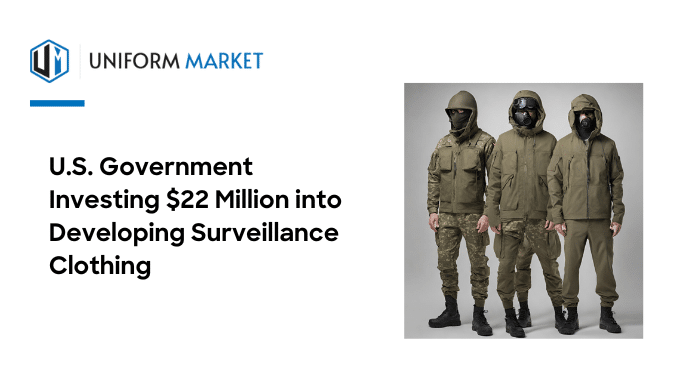The federal government is reportedly funneling $22 million into developing ready-to-wear clothing that can record audio, video, and geolocation data through something it calling The Smart Electrically Powered and Networked Textile Systems program, or SMART ePANTS, for short, according to The Intercept. Garments slated for production include shirts, pants, socks, and underwear, all of which are intended to be washable, The Intercept reported.
The program “represents the largest single investment to develop Active Smart Textiles (AST) that feel, move, and function like any garment,” according to a press release from the Office of the Director of National Intelligence.
SMART ePANTS is being developed under the Intelligence Advanced Research Projects Activity, an agency that describes itself on its website as investing in “high-risk, high-payoff research programs to tackle some of the most difficult challenges of the agencies and disciplines in the Intelligence Community (IC).” In other words, funding moonshots like underwear that’s as stretchable and washable as normal underwear, but can also record your every move.
If successful, though, the garments could significantly improve the capabilities of those working in government agencies like the Department of Defense, first responders at the Department of Homeland Security, those in the Intelligence Community, or others working in high-stress environments like crime scenes and arms control, Dr. Dawson Cagle, the program manager for SMART ePANTS, explained in a press release from the IARPA.
Cagle, who was previously a weapons instructor with the United Nations according to his LinkedIn page, said in the IARPA’s release, “As a former weapons inspector myself, I know how much hand-carried electronics can interfere with my situational awareness at inspection sites.”
He added, “In unknown environments, I’d rather have my hands free to grab ladders and handrails more firmly and keep from hitting my head than holding some device.” Some are worried, though, that the SMART ePANTS program could lay the groundwork for more invasive forms of surveillance.













